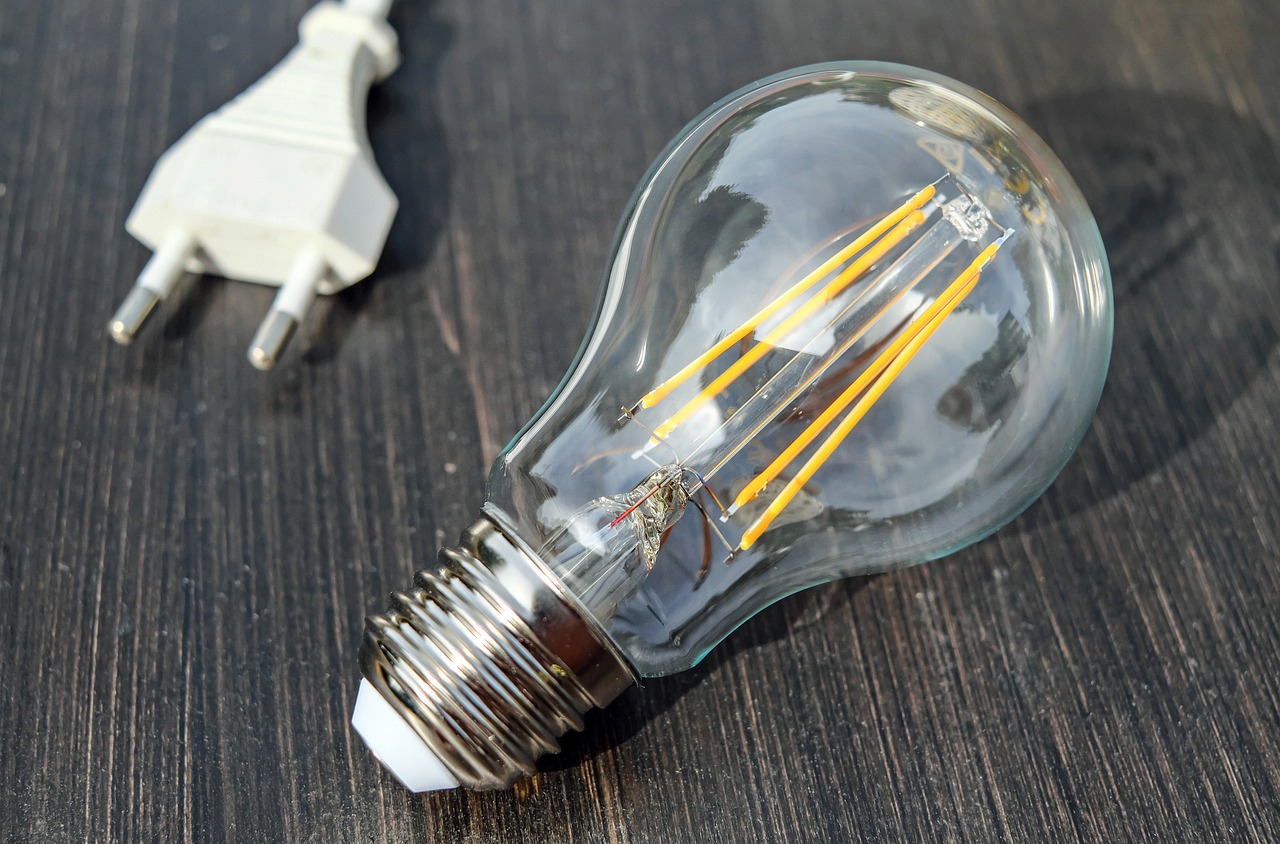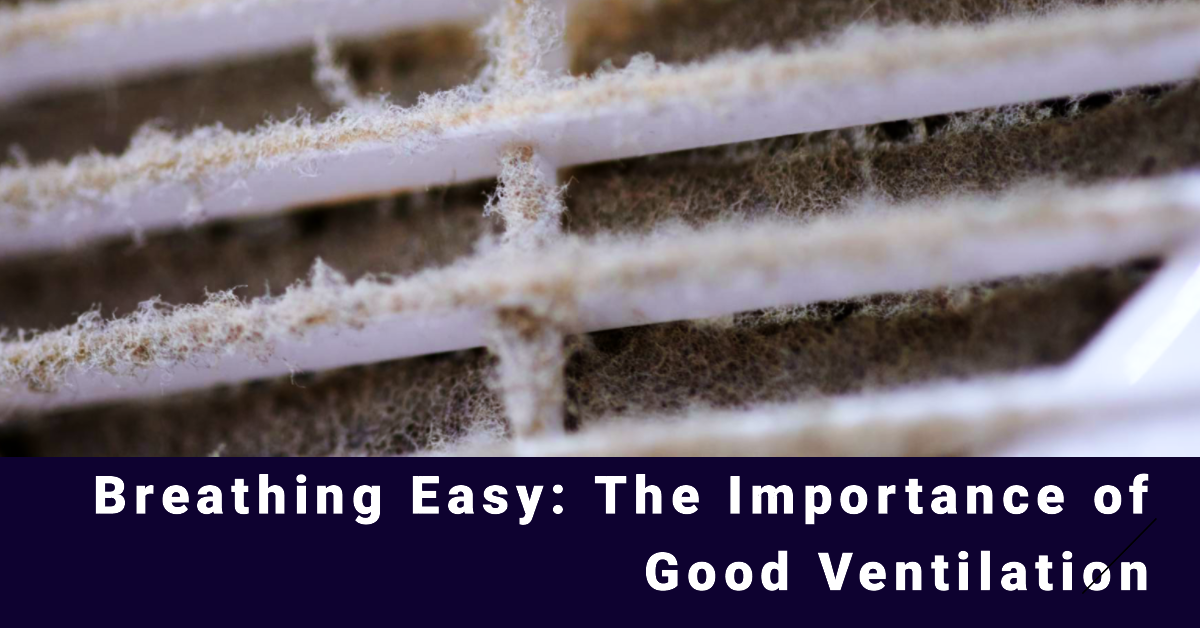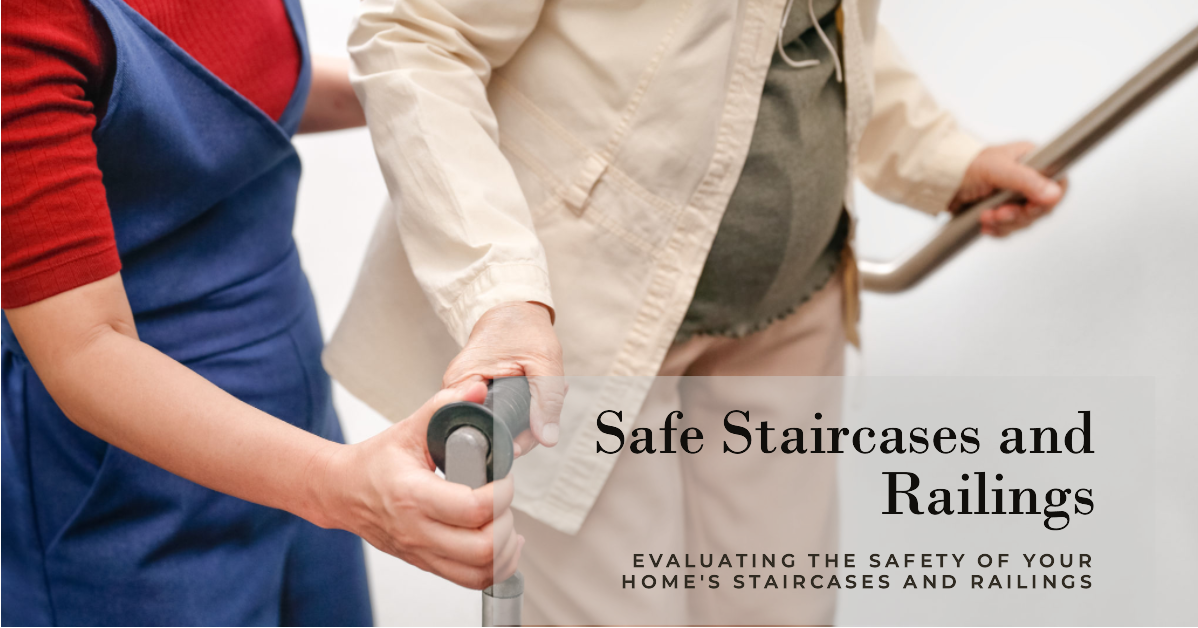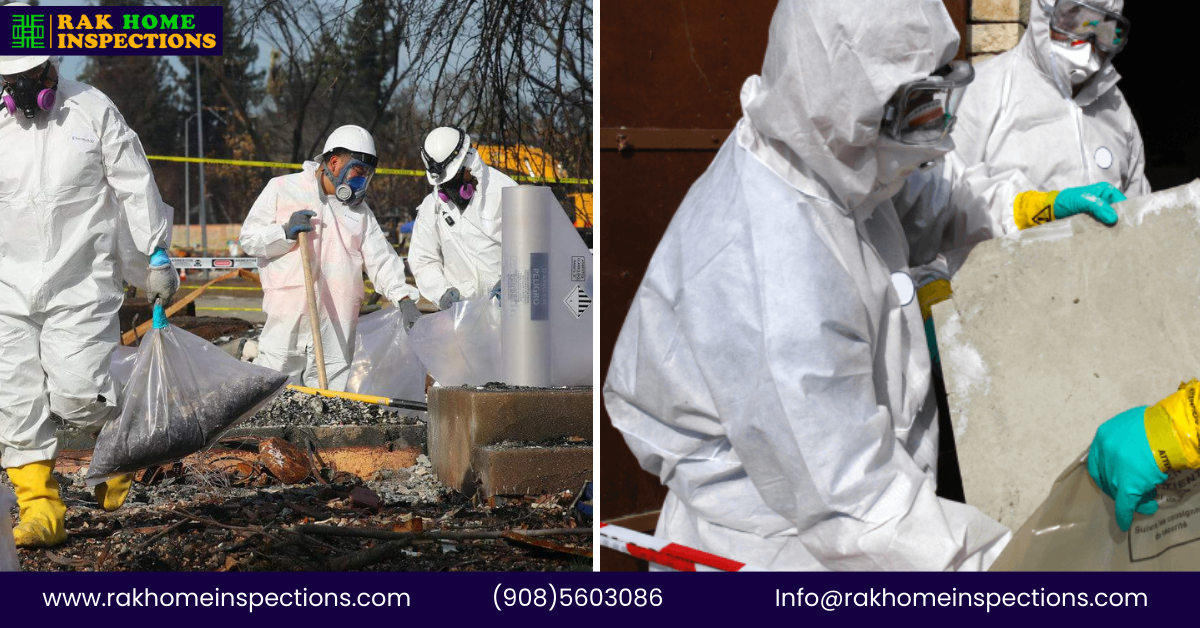In New Jersey, the cost of a home inspection typically ranges from $250 to $1000 or more, depending on the factors mentioned below. It's e...
Checking the Condition of Your Chimney and Fireplace to Keep You Warm and Safe
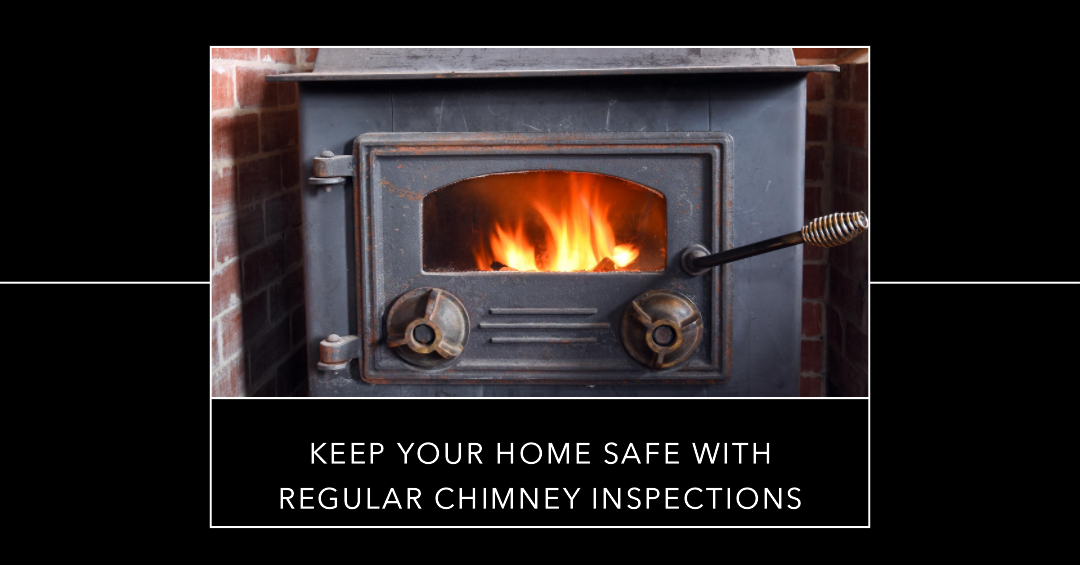
The fireplace and chimney have long been a symbol of warmth, comfort, and gathering during chilly evenings. However, to ensure their continued functionality and safety, regular assessment and maintenance are essential. In this blog, we will explore the importance of evaluating the condition of your chimney and fireplace, the potential risks of neglect, and practical steps to keep these beloved features in top-notch shape for years to come.
The Significance of Assessment
a. Safety First
A well-maintained chimney and fireplace play a vital role in the safe operation of your heating system. Assessing their condition regularly helps identify potential hazards, such as creosote buildup, chimney obstructions, or structural issues, which could lead to fires or carbon monoxide leaks.
b. Efficiency and Performance
An efficiently functioning chimney and fireplace not only reduce the risk of accidents but also ensure optimal performance. Regular assessments can help you identify any issues that might hinder their efficiency, such as damaged dampers or draft problems.
c. Preserving the Home's Value
A properly maintained chimney and fireplace add value to your home, enhancing its overall appeal and marketability. Neglected features can lead to costly repairs or renovations, affecting the property's value and potential resale price.
Signs of Chimney and Fireplace Damage
a. Cracked or Damaged Masonry
Inspect the exterior of the chimney for visible cracks, spalling (flaking or chipping) bricks, or crumbling mortar. Any damage to the masonry can compromise the structure's integrity and should be addressed promptly.
b. Creosote Buildup
Inside the chimney, creosote, a highly flammable substance, can accumulate on the flue walls. Look for signs of creosote buildup, such as thick, tar-like deposits, as they can lead to chimney fires if not removed.
c. Damaged or Missing Chimney Caps
Chimney caps protect the flue from debris, animals, and water. Check for any missing or damaged caps, as they can expose the chimney to potential hazards.
d. Soot or Smoke Stains
Stains around the fireplace opening or on the walls suggest poor ventilation or a drafting problem, which can lead to smoke entering your living space.
Steps for Assessment and Maintenance
a. Schedule Professional Chimney Inspection
Hire a certified chimney sweep to conduct a thorough inspection at least once a year. A Level 1 inspection examines the readily accessible portions, while Level 2 and Level 3 inspections involve more in-depth examinations as needed.
b. Regular Cleaning
Remove creosote buildup and debris from the flue through regular chimney cleaning. The frequency of cleaning depends on usage, but it is typically recommended annually or after burning one cord of wood.
c. Check Fireplace Components
Inspect the fireplace components, including the damper, firebox, and hearth, for signs of wear or damage. Replace any damaged parts and ensure the damper operates correctly.
d. Install Chimney Caps and Animal Guards
Install or replace chimney caps and animal guards to prevent animals from nesting in the chimney and debris from entering the flue.
Conclusion
Assessing the condition of your chimney and fireplace is crucial for both safety and optimal performance. Regular inspections and maintenance help prevent potential hazards, improve efficiency, and preserve your property's value. By staying proactive and attentive to these cherished heating features, you can continue to enjoy their warmth and ambiance while keeping your home and loved ones safe and sound.
2023-08-02 16:55:44


